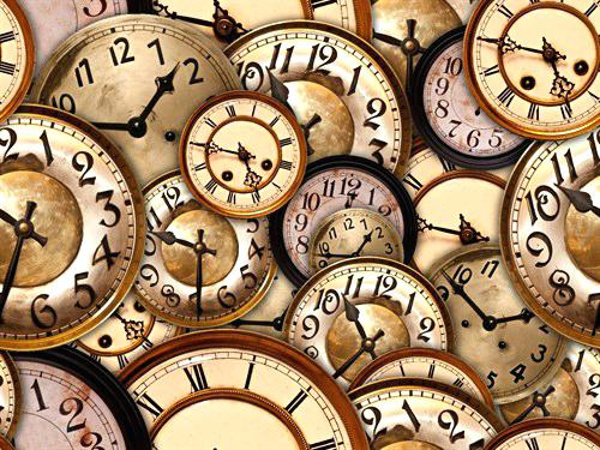Northeastern states of India Assam, Meghalaya, Nagaland, Arunachal Pradesh, Manipur, Mizoram, Tripura – and Andaman and Nicobar Islands was demanding different time zone as theses face difficulty in managing their routine work schedule. But this long standing demand of dual times zones in India is not possible because of strategic reasons said Dr Harsh Vardhan, Minster of Science & Technology, Health and Family Welfare and Earth Sciences while replying to a parliamentary question.
He has been asked is there any plan of considering a dual time zone in the country in view of the time gap between Eastern States and Western States. In the reply he said “Council of Scientific and Industrial Research (CSIR) – National Physical Laboratory (NPL) has published certain reports in science journals on this issue, referring to saving of electricity. The matter was examined by a High Level Committee (HLC). This committee comprising Secretary, Department of Science and Technology, Director, Council of Scientific and Industrial Research-National Physical Laboratory (CSIR-NPL) and Chief Secretary, government of Tripura. The HLC after considering the issue recommended not to have two time zones for India for strategic reasons.”
In Northeastern states the sun rises and sets earlier than the official working hours. This natural phenomenon gives birth to some practical problems like it affects the productivity and makes electric consumption much higher.
In Northeastern states the sun rises and sets earlier than the official working hours. This natural phenomenon gives birth to some practical problems like it affects the productivity and makes electric consumption much higher. Early sunrise leads to loss of daylight hours by the time offices or educational institutions open. In winter, this problem gets even more severe as the sun sets much early and therefore, more consumption of electricity is required. To deal with this tea gardens of Assam have been following ‘Chaibagaan time’ which is one hour ahead of India Standard Time (IST).
Recently, a study done by team of researchers from CSIR-NPL has been published in the journal Current Science that supported the demand of dual time zones for these states and said it is feasible to have dual time zones for them. The study said that technically it is feasible to have two time zones and two ISTs in India. It recommended that IST-I for most of India and IST- II for the Northeastern region, this would be separated by difference of one hour. At present, the country observes a single time zone based on the longitude passing through 82°33′E.
Interestingly, before independence the country was following three major time zones- Bombay, Calcutta and Madras Time. India had no official time zone till 1906 there were three presidencies: Bombay, Calcutta, Madras, and three local times for the three cities, depending on where they fell on the longitude. The three time zones, thus created, were followed by all the states or cities around and near it. Calcutta was set at UTC+05.54, making it +00:24 of the current IST. Madras was set at UTC+05:21 making it -00:09 of the current IST. Bombay was at UTC+04:51, making it -01:19 of the current IST. Bagan Time was at around UTC+06:30, making it +1:00 of the current IST.
Source: VigyanPrasar
Image Courtesy: Wallperio
You may also like
-
Trade Connect E-platform For Exports Is Single Window, Fast, Accessible And Transformational: Shri Piyush Goyal
-
Dot Simplifies Approval Processes For Telecom Licenses And Wireless Equipment
-
Coal Production and Supply Trends on Positive Trajectory
-
Union Minister To Release Booklets On Promotion Of Indigenous Species & Conservation Of States Fishes
-
2nd India-Japan Finance Dialogue held in Tokyo on 6th September, 2024
